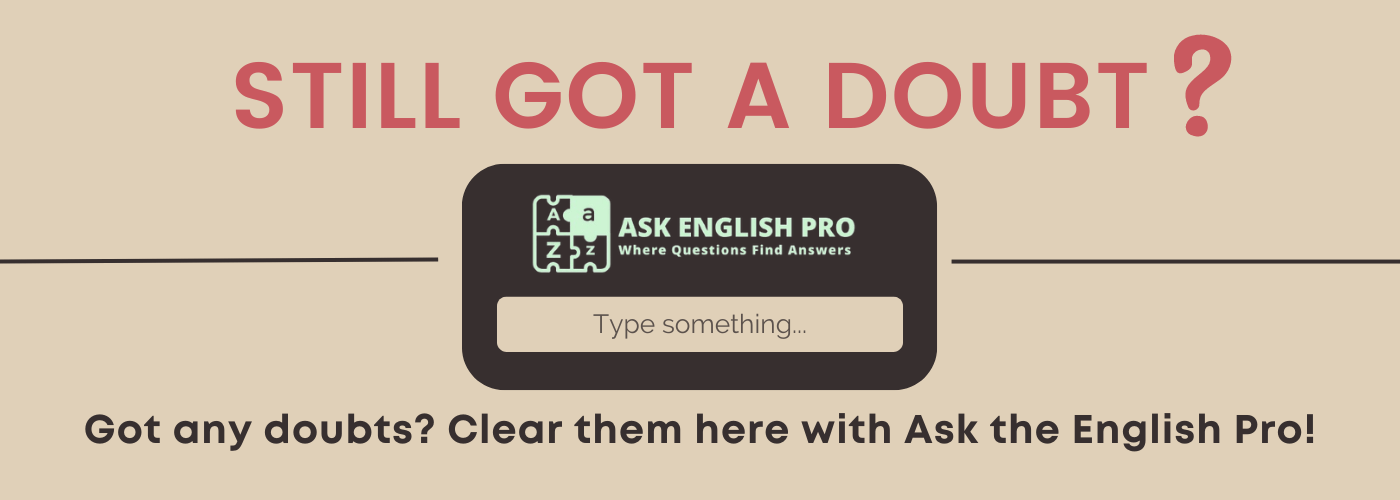Mnemonic Devices for Vertigo: Remember Vertigo Easily
Introduction to Mnemonics for Vertigo
Learning new vocabulary can be fun and easy with mnemonic techniques. These methods help you associate words with images, sounds, and stories, making them unforgettable. Today, we’ll explore the word Vertigo, which means “a sensation of dizziness or feeling off balance, often caused by heights or inner ear issues.” Let’s dive into creative mnemonics to help you remember this word effortlessly. Keywords: Mnemonics for Vertigo, How to remember Vertigo, Memory techniques for Vertigo.
Twelve Mnemonics for Vertigo
Here are 12 mnemonic techniques that will help you master the word “vertigo.” These methods include visual, auditory, and narrative associations to make learning engaging.
- Visual Association: Picture yourself standing on the edge of a tall building, looking down, and suddenly feeling dizzy. This image connects to the meaning of vertigo.
- Acronym: V.E.R.T.I.G.O – “Very Extreme Rotations Trigger Intense Giddy Overwhelm.”
- Rhyme: “When you go high, you might sigh, vertigo makes you fly!” The rhyme reinforces the idea of dizziness.
- Word Breakdown: Split “vertigo” into “verti” (vertical) and “go” (movement), linking it to a dizzying sensation when moving upwards or looking down.
- Similar Sounding Words: “Vertigo” sounds like “vertical go.” Imagine going up a tall ladder and suddenly feeling dizzy.
- Story Method: Imagine a bird named “Verti” who loves flying high but always gets dizzy when looking down.
- Physical Action: Spin around in a circle until you feel dizzy. Then say “vertigo” to link the sensation to the word.
- Exaggeration: Picture a roller coaster labeled “VERTIGO” that makes riders so dizzy they can’t walk straight.
- Personal Connection: If you’ve ever felt dizzy on a ferris wheel or looking down from a high place, relate that experience to the word.
- Etymology Exploration: “Vertigo” comes from the Latin “vertere,” meaning “to turn.” Understanding its root clarifies its meaning.
- Sensory Association: Imagine the spinning sensation, blurred vision, and unsteady legs that come with vertigo.
- Opposites: Think of vertigo as the opposite of balance and stability—when you’re stable, you don’t feel vertigo.
Customize Your Mnemonics for Vertigo
While these mnemonics are helpful, personalizing them to fit your experiences or references will make them even more effective. Add unique imagery or wordplay that resonates with you.
Bonus Tip: Use “vertigo” in a sentence, e.g., “Standing on the bridge gave me a sudden sense of vertigo.”
Master Vertigo with Mnemonics
Mnemonic techniques make vocabulary learning simple and enjoyable. By using these methods for “vertigo,” you can quickly remember its meaning and apply it confidently. Keep practicing with mnemonics, and watch your vocabulary skills improve dramatically!



















